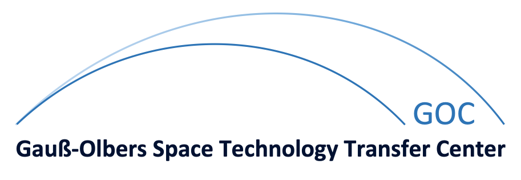Is Blind Channel Estimation feasible in Mobile Communication Systems? A Study based on GSM
| Authors: | D. Boss, K.-D. Kammeyer, T. Petermann |
| Abstract: | We compare in this paper the effect of blind and non-blind channel estimates on the performance of GSM receivers (Global System for Mobile communications). More precisely, we investigate whether two blind approaches based on higher order statistics (HOS) can compete with two conventional methods exploiting training sequences. For blind and non-blind estimates of six fast and slowly fading mobile radio channels, we give simulated bit error rates (BER) after Viterbi detection in terms of the signal-to-noise ratio (SNR). We also study the influence of co-channel interferers at different values of the signal-to-interference ratio (SIR). Averaged over the six channel examples, we demonstrate that the blind channel estimation algorithm EVI (EigenVector approach to blind Identification) leads to an SNR loss of 1.2dB to 1.3dB only, while it saves the 22% overhead in GSM data rate caused by the transmission of training sequences. Since just 142 samples are used for blind channel estimation, we consider this performance outstanding for an approach based on HOS. |
| Document type: | Journal Paper |
| Publication: | October 1998 |
| Journal: | IEEE Journal on Selected Areas in Communications |
| Pages: | 1479-1492 |
| Volume: | 16 |
| Number: | 8 |
| Index: | 9 |
| Files: | BibTEX |
Last change on
28.04.2008
by
Admin
© Department of Communications Engineering - University of BremenImprint / Contact







